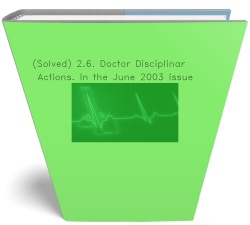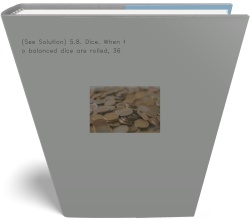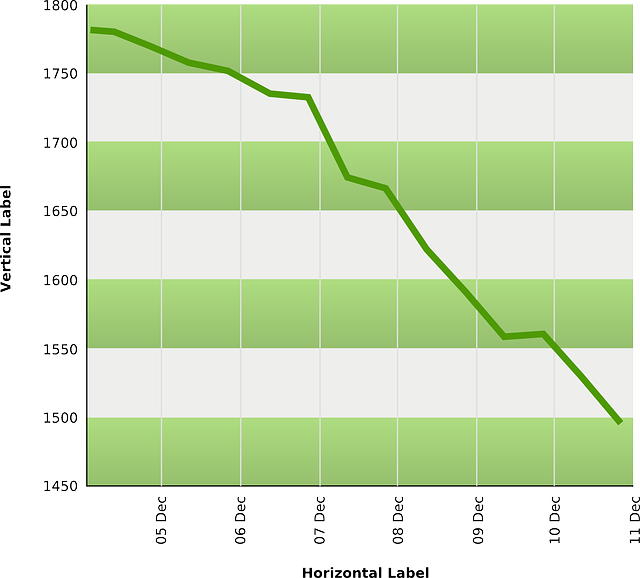Gather or create data. If you "invent" the data, please footnote that fact and describe a method that
-
Gather or
create
data. If you "invent" the data, please footnote that fact and describe a method that might have been used to gather the data. If you find data, then document your source and indicate the sampling method and whether your sample was random or not. Either way, your data sets will need to be related to your topic and included in your appendix. You will need a minimum of three data sets with at least 20 values in each but may use more as needed to complete the requirements. You will need several different sets of data, all numeric.
- One set of bivariate data (two pieces of data taken from each unit in the sample) which is appropriate for a linear regression. There are several options for this data. This could be a trend line with one data set on a time interval axis. This could be two different but related variables, like a person's height and weight. This could be "before" and "after" data.
- Two or more sets of data that are from different populations. This data will be used in the hypothesis test to determine if the means are equal.
- A paired set of data that can be used in a "paired" hypothesis test.
- All data sets must be included in an appendix of the document.
-
For the bivariate data:
- Determine which is the independent and which is the dependent variable.
- Create a scatter diagram.
- Determine the coefficient of correlation and interpret .
- Determine the equation of the regression line and explain.
- Interpret each value in the regression equation and explain how the equation and line are related.
- Graph the regression line on a scatter diagram.
- Make a prediction for some value within the x -range and explain the meaning and the reliability of the prediction.
- From your data set determine the point with the largest residual and explain its interpretation.
-
For the two (or more) sets of data from different populations:
- Perform a hypothesis test for the difference of two independent means or an ANOVA.
- Remember to show all steps including the statements of the hypotheses, conditions, computational results, decisions, and interpretation. These should be in paragraph form, not numbered.
- Remember to show all steps.
-
For the paired data:
- Perform a hypothesis test for the difference of two means.
- Remember to show all steps and to explain and give an interpretation of the results.
Price: $6.01
Solution: The downloadable solution consists of 2 pages, 401 words.
Deliverable: Word Document
Deliverable: Word Document



![[See] 4.10. Murder Victims. As reported by the Federal Bureau [See] 4.10. Murder Victims. As reported by](/images/solutions/MC-solution-library-80464.jpg)

![[Solution] The Pepsi/Coke Challenge Student Online Guide Supplies [Solution] The Pepsi/Coke Challenge Student Online Guide](/images/solutions/MC-solution-library-80466.jpg)
![[Solution Library] Part 1: Subjective Probabilities with Pennies [Solution Library] Part 1: Subjective Probabilities with](/images/solutions/MC-solution-library-80467.jpg)
